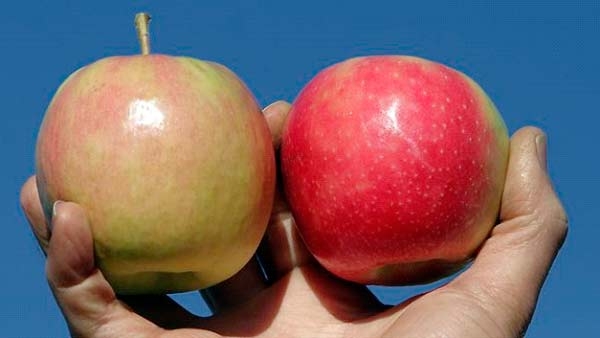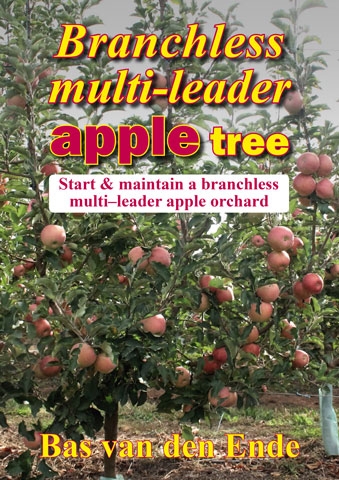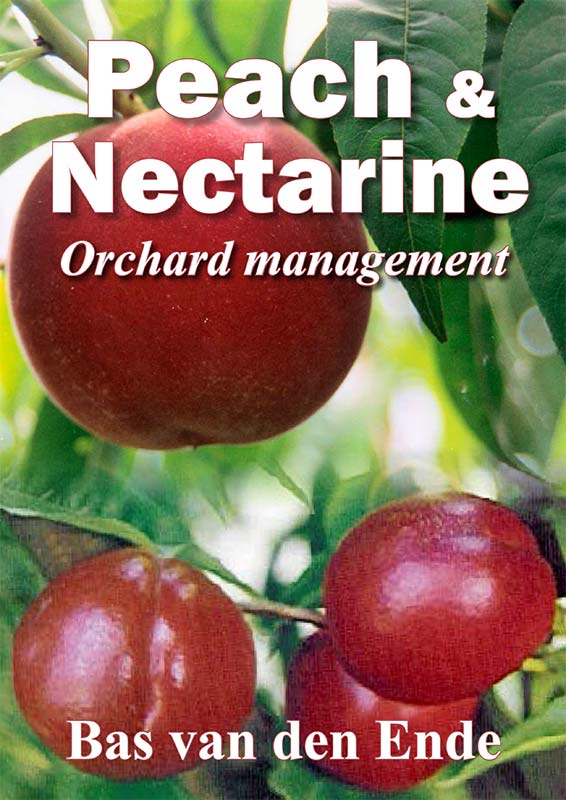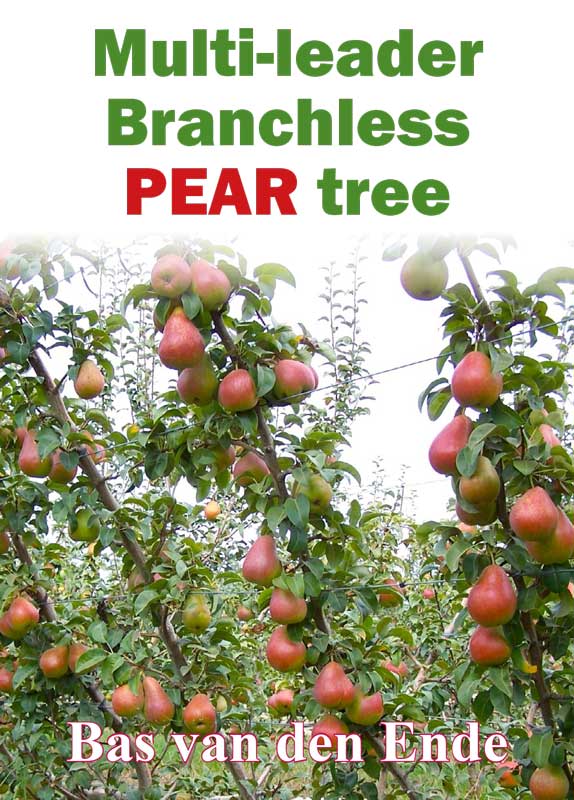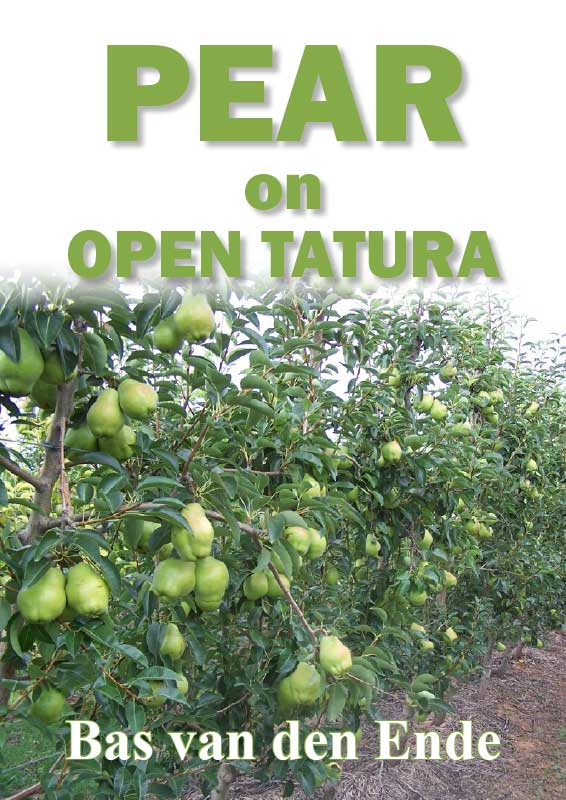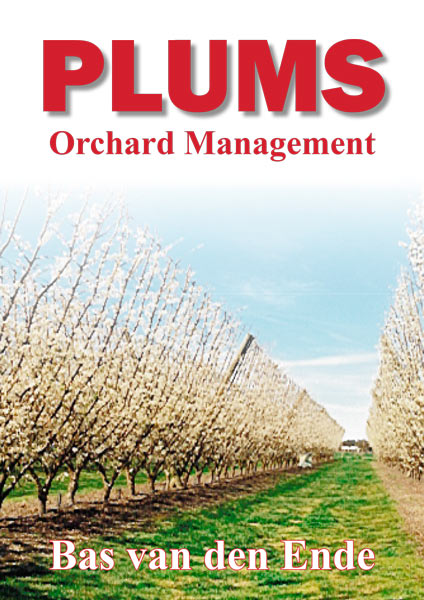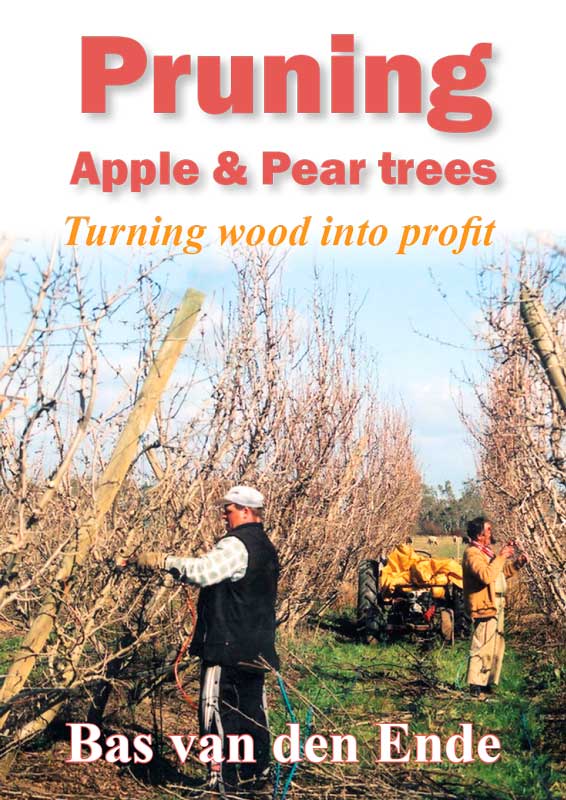SunUp reflective mulch: SunUp reflective mulch placed on the ground between tree rows or under the tree, increases red colour in apples.
This mulch increases both the percentage of red colour and colour intensity in apples without affecting other quality characteristics such as flesh firmness and soluble solids.
In a trial carried out on Fuji apples in California, the percentage area of skin red colour development was increased by 65 per cent with an increase also seen in the colour intensity using SunUp reflective mulch under central leader trees.
The mulch works by reflecting light back up into the tree canopy, thereby increasing the light available for anthocyanin synthesis.
The SunUp reflective mulch needs to be put down about three to four weeks before the predicted harvest date to achieve an improvement in colour.
Regulated Deficit Irrigation
Regulated deficit irrigation (RDI) is a technique that has been shown to increase the intensity of red colour in apples.
It involves supplying less water to the plant than it requires for maximum transpiration and growth, thereby inducing a low level of water stress.
The vegetative growth of the tree is reduced, allowing more light to penetrate the canopy and colour the fruit.
RDI has been used primarily to manage vigour, but at Massey University when irrigation was restricted for the entire season, there was an increase in red colour intensity of Braeburn apples.
Severe water stress, however, may adversely affect colour development, and also have on effect on fruit size and sunburn damage.
Chemicals
A range of chemical products have been trialled for use as colour enhancers of apples.
Ethephon—an ethylene-releasing compound—has been used to advance ripening of early season cultivars.
Ethephon works by stimulating the ripening process in the fruit, thereby advancing colour development. The eating quality of the fruit can be reduced due to the advancement of softening.
Ethephon is generally used between one and three weeks before harvest.
A mixture of phosphorous pentoxide, calcium oxide, and nitrogen, can increase red colour distribution and intensity in apples.
Another chemical that may improve fruit colour is ReTain, by delaying harvest to more favourable weather for colour development.
Conclusion
In order to produce fruit that meets market demands, an integrated approach to colour management is needed.
Orchard management practices such as cultivar choice, tree spacing, pruning and fruit thinning, need to be adapted to reflect the changing environmental fruit conditions and quality standards.
Additional colour improving techniques such as SunUp reflective mulch, need to be considered for use, especially in seasons unfavourable to apple colour development.
For more information see Tree Fruit March 2014


